Continuing its series of art volumes of the highest quality and informative content, Mehring Verlag (Mehring Publishers) presented two new outstanding photo documentary books at the recent Leipzig Book Fair: Building the Revolution, dealing with architecture in the early Soviet Union, and Russian Revolutionary Posters by David King.
Mehring Verlag commenced its publication of such works with its highly acclaimed German edition of King’s Red Star Over Russia: A Visual History of the Soviet Union from 1917 to the Death of Stalin.
Building the Revolution (Baumeister der Revolution) is an opulent photo documentation of Soviet architecture between 1922 and 1935. Russian Revolutionary Posters (Russische revolutionäre Plakate) by David King documents poster art in the former Soviet Union from 1917 until the death of Stalin.
Building the Revolution
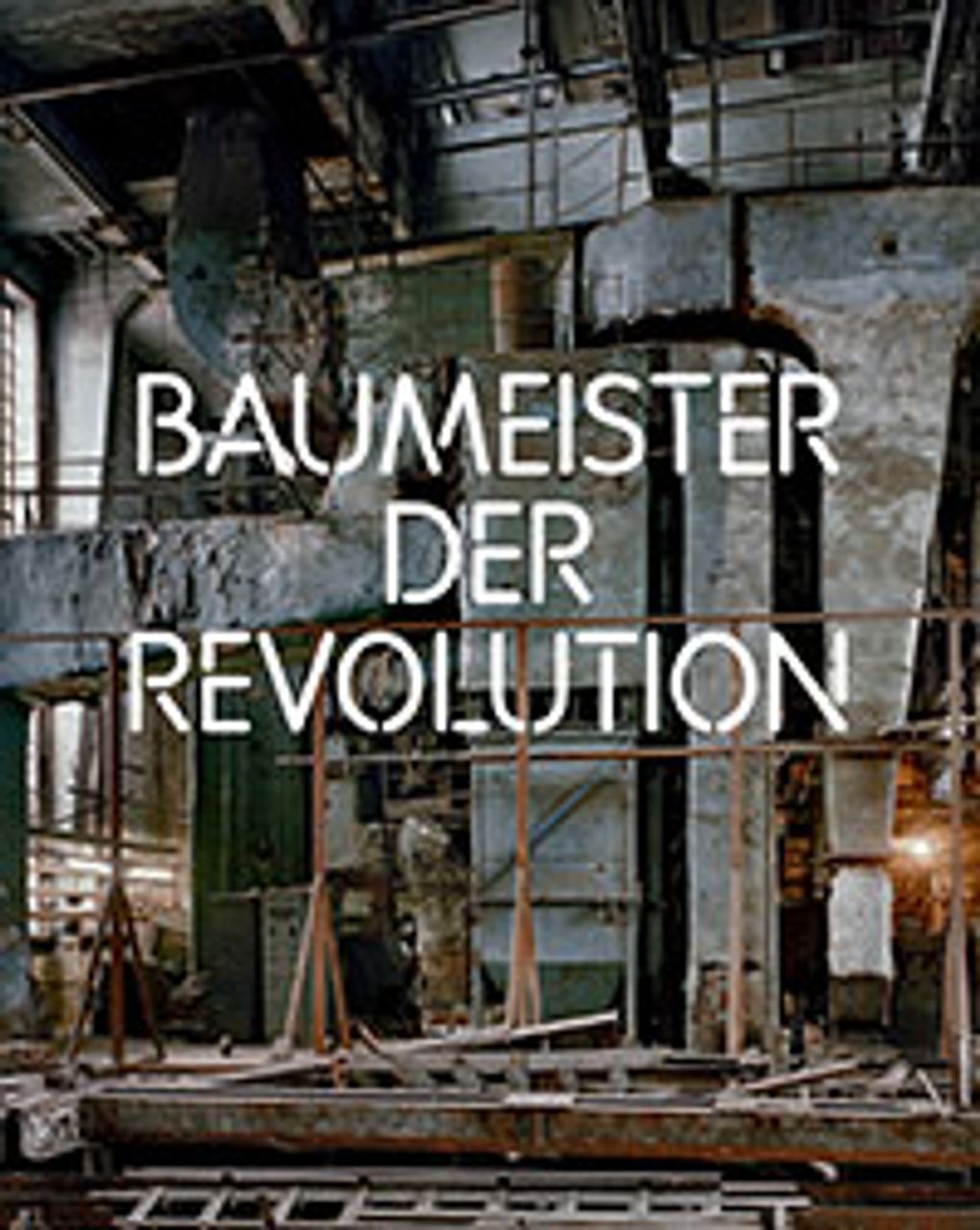 This photo documentary volume serves as the official catalogue for an exhibition at the renowned Martin-Gropius-Bau, Berlin, which runs from April 5 to July 9. The book can also be purchased at bookshops. On behalf of Mehring Verlag, media agency Literaturtest produced an attractive and informative trailer for the documentary book that can be accessed at the MehringMedia web site. In addition, the following press release has been sent to the most important German-language architecture and art magazines, as well as radio, television and newspaper editorial offices.
This photo documentary volume serves as the official catalogue for an exhibition at the renowned Martin-Gropius-Bau, Berlin, which runs from April 5 to July 9. The book can also be purchased at bookshops. On behalf of Mehring Verlag, media agency Literaturtest produced an attractive and informative trailer for the documentary book that can be accessed at the MehringMedia web site. In addition, the following press release has been sent to the most important German-language architecture and art magazines, as well as radio, television and newspaper editorial offices.
“The formative years of the young Soviet Union following the civil war in 1922 were a period of feverish, creative activity which constitutes one of the most exciting, although brief, chapters in the history of architecture: from 1922 to 1935 an avant-garde developed a new form of architecture based on bold design and unique forms of construction. It set itself an enormously ambitious task: to reflect the vitality of the newly formed Soviet state in the sphere of architecture. Its representatives included, among others, Konstantin Melnikov, Moisei Ginsburg and the Vesnin brothers. And their influence extends up until the present—one of the stars of today’s architecture, Zaha Hadid, has made clear that one of the most formative influences for her own work is the Russian avant-garde.
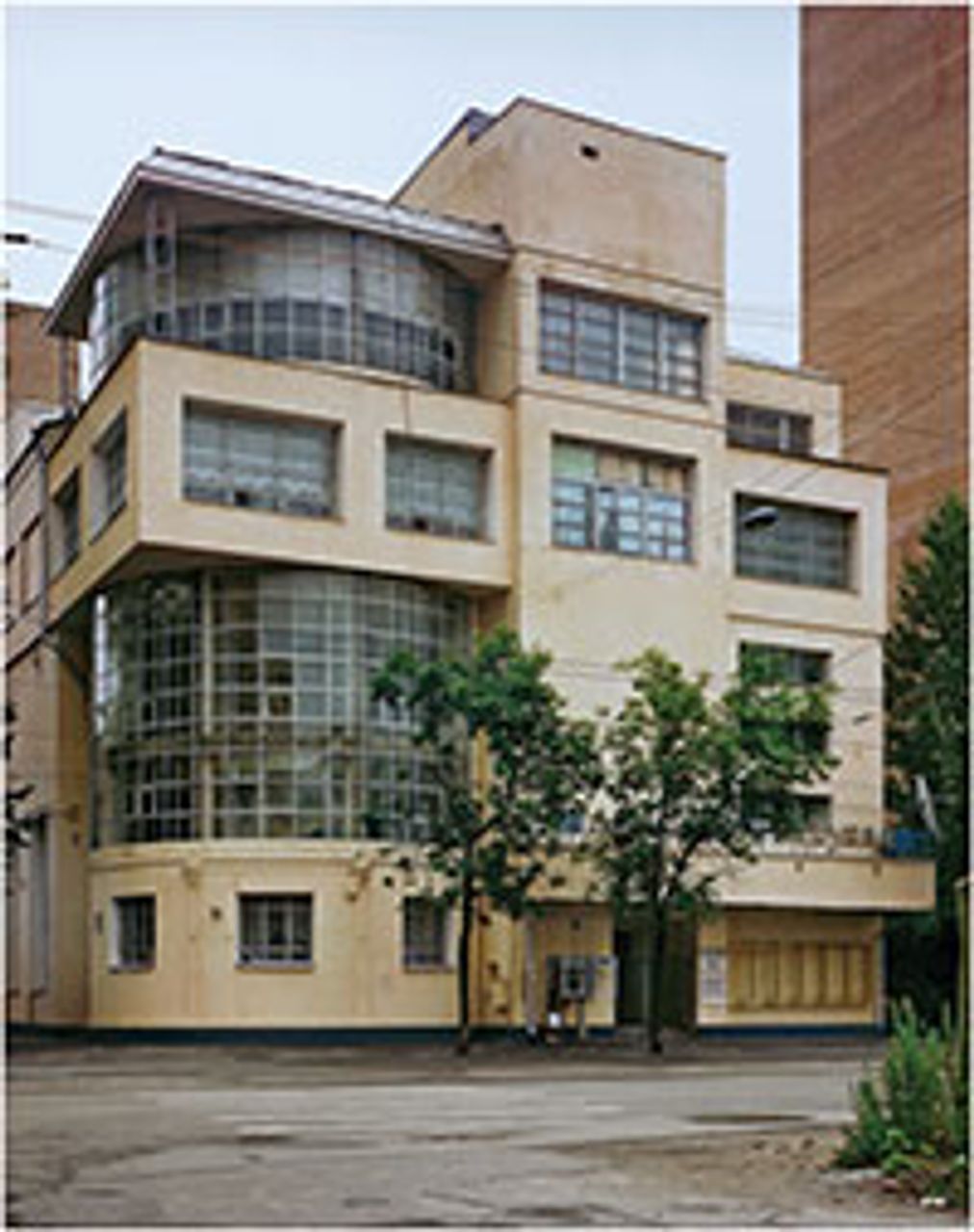 “In the course of the last 15 years the architectural photographer Richard Pare has sought out the masterpieces of this era and documented their current state in the large-scale reproductions now presented in Mehring Verlag’s Building the Revolution.
“In the course of the last 15 years the architectural photographer Richard Pare has sought out the masterpieces of this era and documented their current state in the large-scale reproductions now presented in Mehring Verlag’s Building the Revolution.
“Pare’s spectacular work reveals the beauty of the buildings and the ingenuity of their builders while also recording their signs of decay. His photos feature in the book alongside original photographs of the buildings, as well as sketches and paintings by great artists such as Malevich, Tatlin, Popova and El Lissitzky.
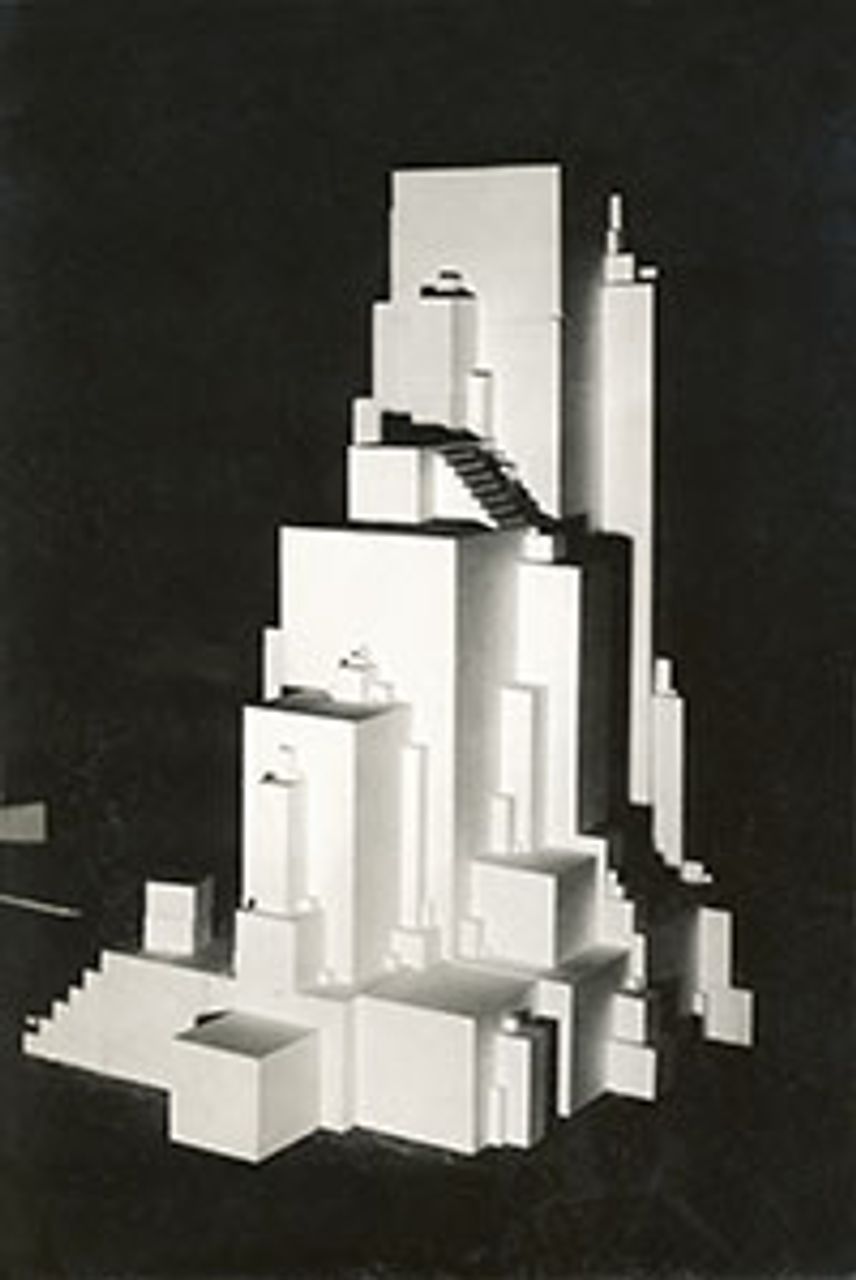 “It was not merely the formal shape and design of these avant-garde constructions that made them revolutionary, but also the function of the buildings which emerged out of the new society: working men’s clubs, trade union offices, collective living quarters, department stores, party and administrative buildings, as well as power plants and industrial facilities. There is another unique aspect documented by the historical photographs: the new constructions not only embodied a new type of building; their dimensions also augured in a new era. They towered over the old urban structures and became a symbol of the impending drive towards modernization.
“It was not merely the formal shape and design of these avant-garde constructions that made them revolutionary, but also the function of the buildings which emerged out of the new society: working men’s clubs, trade union offices, collective living quarters, department stores, party and administrative buildings, as well as power plants and industrial facilities. There is another unique aspect documented by the historical photographs: the new constructions not only embodied a new type of building; their dimensions also augured in a new era. They towered over the old urban structures and became a symbol of the impending drive towards modernization.
“One outstanding example of this avant-garde and also the first major construction to be built after the revolution was the Schabolowka radio tower by Vladimir Shukhov. It was built between 1919-22 and consisted of six hyperboloids mounted one on top of the other. At a total height of 150 meters it was the highest such tower at that time. Its elegant, filigree structure became a symbol for the overcoming of all that was old, massive and intractable. Rodchenko’s own photographs of the radio tower—now icons of avant-garde photography—emphasize its dynamics from bottom to the top. Pare’s shots of the tower concentrate more on details and thereby throw light on the manner of construction employed at the time.
“Richard Pare’s spectacular large-format photographs, together with the fascinating historical reproductions, contemporary periodicals, and numerous sketches and paintings by Constructivist artists, make this book indispensable for anyone studying architecture and art with an interest in the history of architecture in the 20th century, constructivism and the Soviet union in the period following the revolution.”
Russian Revolutionary Posters
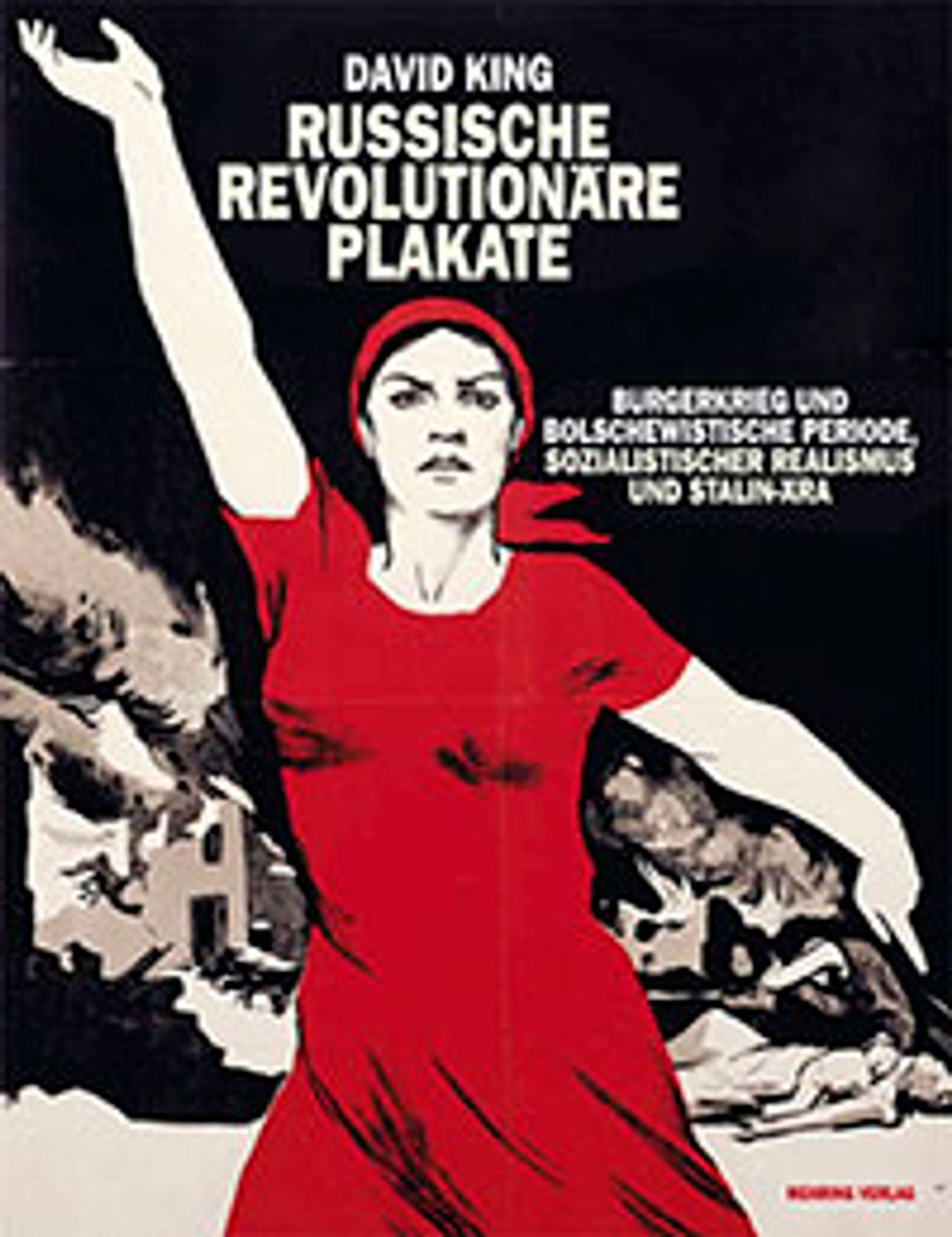 This documentary volume was compiled for Mehring Verlag by David King, the world’s preeminent collector and archivist of photographic and artistic material of the former Soviet Union. King’s latest volume traces the development of Soviet poster art from the period of revolution through to the death of Stalin. It graphically reflects how the tremendous social, political, and economic changes in the Soviet Union contributed to a dramatic change in art and design.
This documentary volume was compiled for Mehring Verlag by David King, the world’s preeminent collector and archivist of photographic and artistic material of the former Soviet Union. King’s latest volume traces the development of Soviet poster art from the period of revolution through to the death of Stalin. It graphically reflects how the tremendous social, political, and economic changes in the Soviet Union contributed to a dramatic change in art and design.
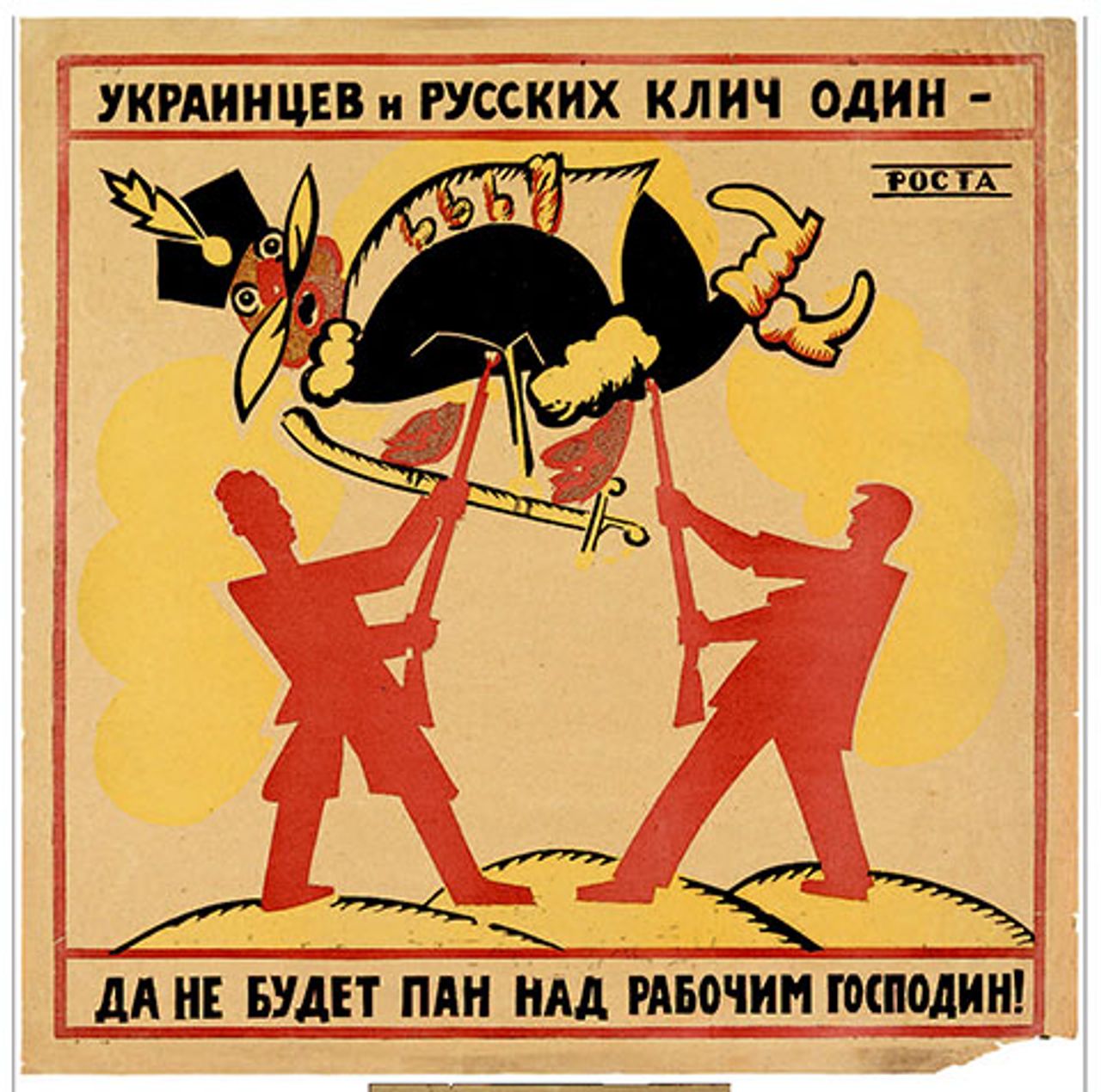 The book is arranged chronologically. Captions explain the historical and artistic background to each poster. The book includes Constructivist posters, socialist advertising posters and movie placards of the 1920s, together with classic photo montages, photographs dealing with the USSR’s response in the Second World War, as well as those dedicated to propagating the cult of Stalin.
The book is arranged chronologically. Captions explain the historical and artistic background to each poster. The book includes Constructivist posters, socialist advertising posters and movie placards of the 1920s, together with classic photo montages, photographs dealing with the USSR’s response in the Second World War, as well as those dedicated to propagating the cult of Stalin.
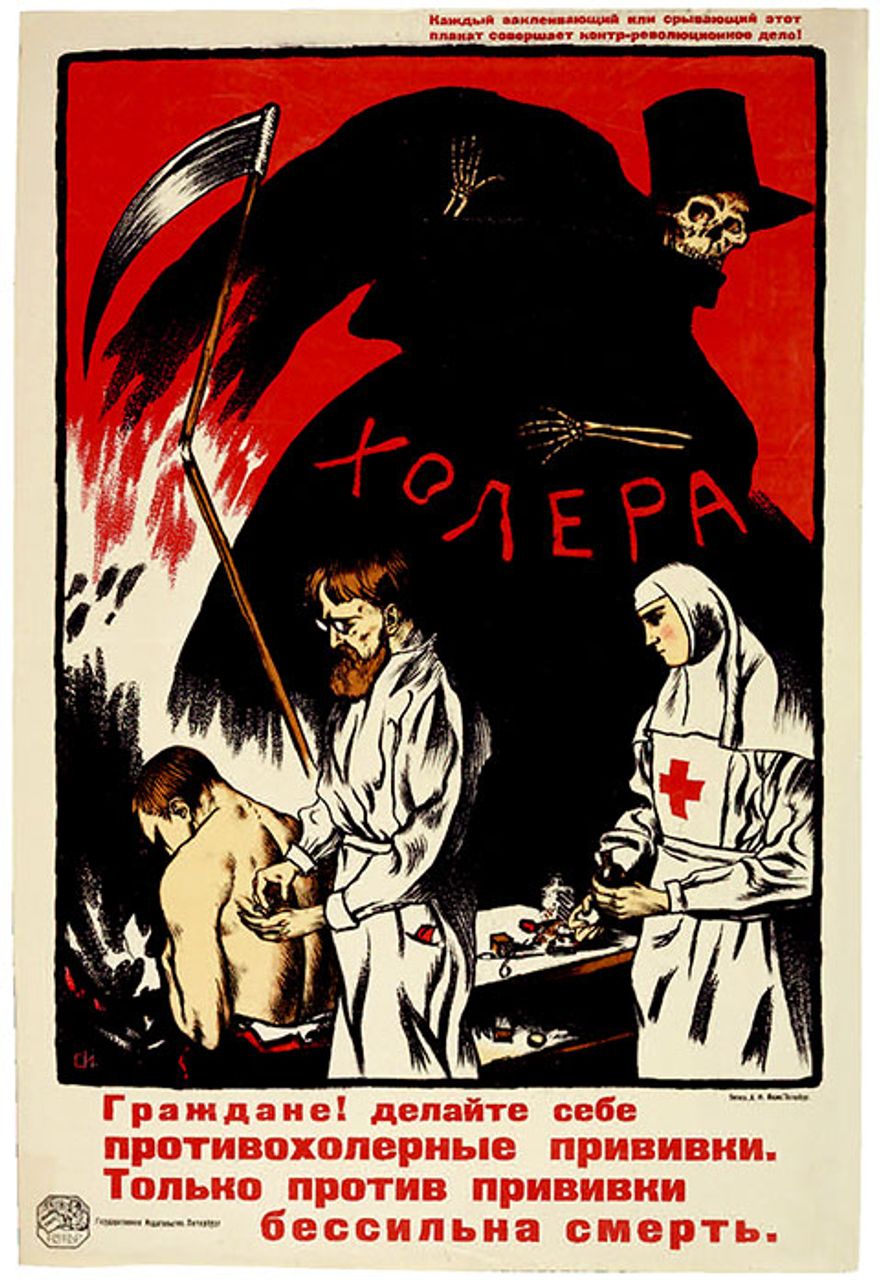 David King is the author of Red Star Over Russia (Roter Stern über Russland) (2010, also published in German by Mehring Verlag), The Commissar Vanishes: The Falsification of Photographs and Art in Stalin’s Russia (1997) and Trotsky: A Photographic Biography (1986), as well as many other books dealing with the Soviet Union. He was head of the art section at the Sunday Times from 1965 to 1975 and has one of world’s finest collections of Russian revolutionary art.
David King is the author of Red Star Over Russia (Roter Stern über Russland) (2010, also published in German by Mehring Verlag), The Commissar Vanishes: The Falsification of Photographs and Art in Stalin’s Russia (1997) and Trotsky: A Photographic Biography (1986), as well as many other books dealing with the Soviet Union. He was head of the art section at the Sunday Times from 1965 to 1975 and has one of world’s finest collections of Russian revolutionary art.
Both books can be ordered directly from Mehring Verlag.
